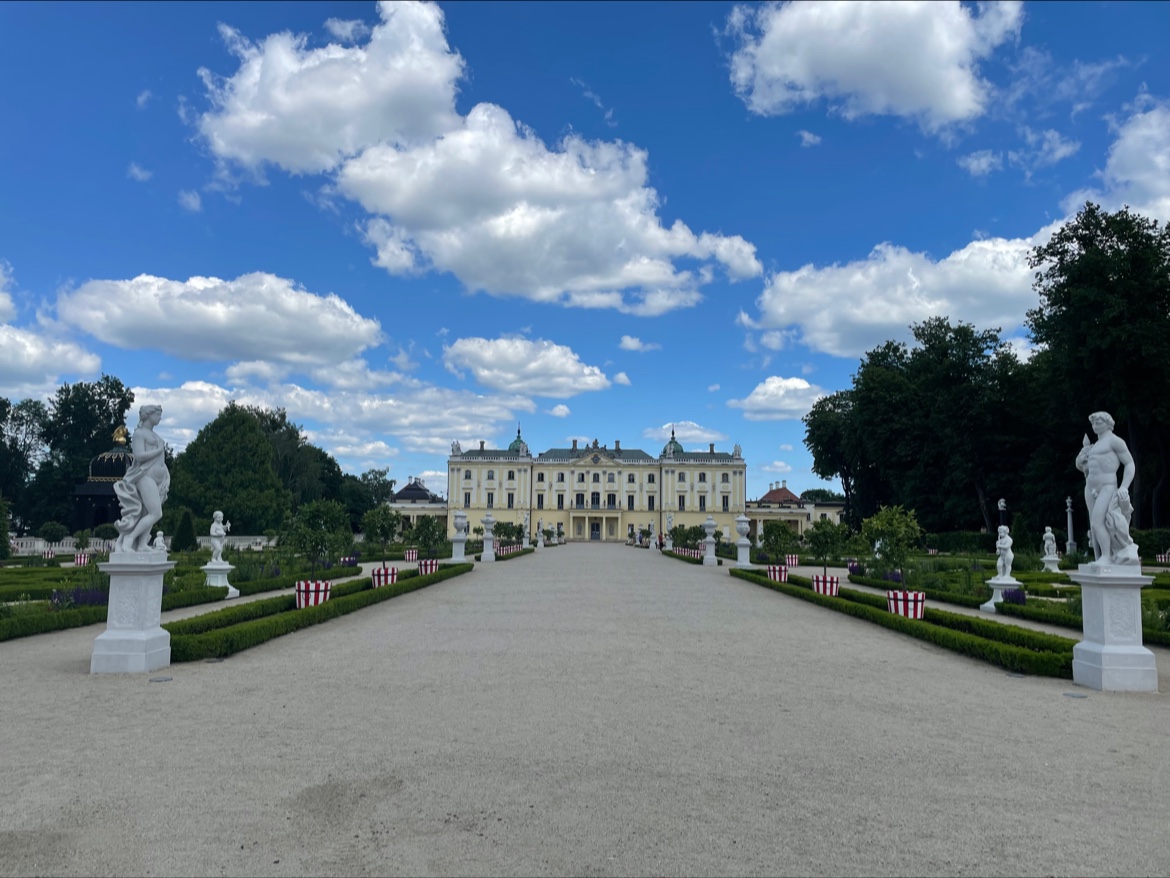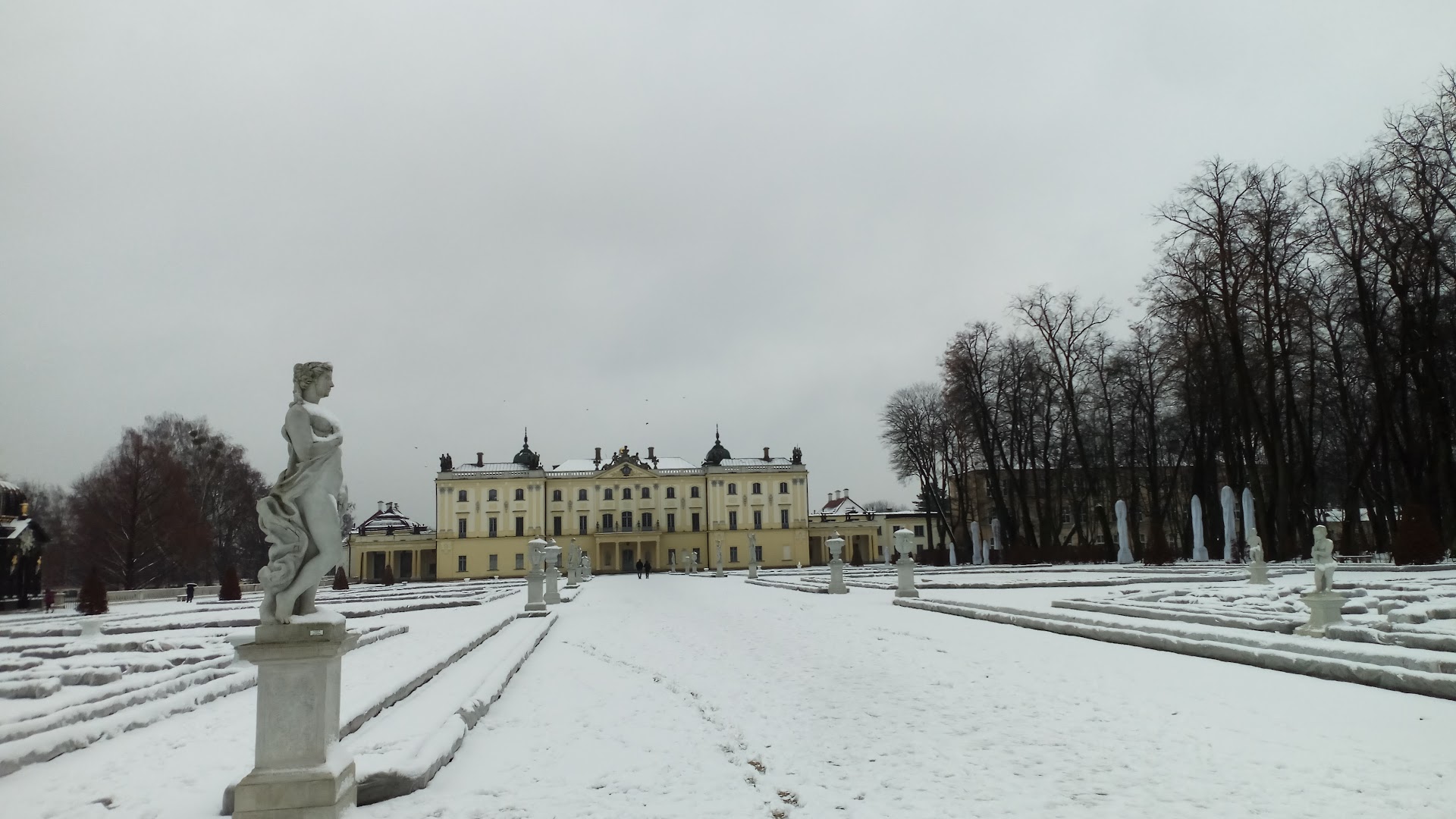Branicki Palace things to do, attractions, restaurants, events info and trip planning
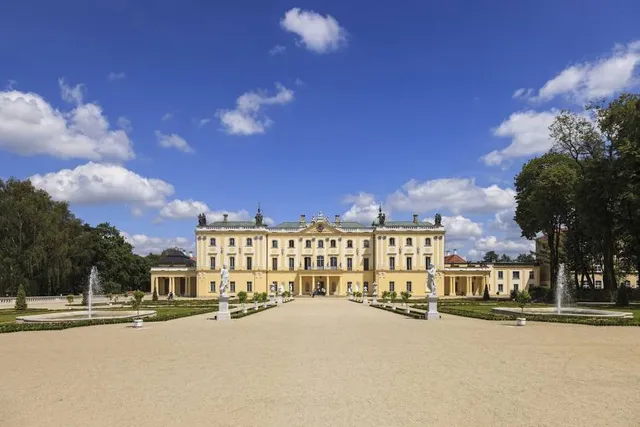
Basic Info
Branicki Palace
Jana Kilińskiego 1, 15-089 Białystok, Poland
4.7(4.8K)
Open 24 hours
Save
spot
spot
Ratings & Description
Info
Branicki Palace is a historical edifice in Białystok, Poland. It was developed on the site of an earlier building in the first half of the 18th century by Jan Klemens Branicki, a wealthy Polish–Lithuanian Commonwealth hetman, into a residence suitable for a man whose ambition was to become king of Poland.
Cultural
Outdoor
Family friendly
attractions: Park Garden Palace of Branicki, Branicki Park, Białystok Medical University Museum, Medical University of Białystok, Army Museum in Białystok, Fountains, Białystok Museum of History, Young Ludwik Zamenhof, The Cathedral of St. Nicholas the Wonderworker Archbishop of Myria in Lycia, Alfons Karny Museum of Sculpture - Branch of the Museum of Podlasie, restaurants: Tawerna Grecka PANTEON, Restauracja RAJ - pizza ludzie wino Bezglutenowa Białystok, KOKU Sushi Białystok - Restauracja KOKU Sushi ul. Kilińskiego 7/1, Maison du cafe, Dwa Światy food & wine, Restauracja Arsenał, Jack Sparrow Bar & Restaurant, Pizza Hut Białystok Sienkiewicza, KFC Białystok Legionowa 3, Restauracja Kawelin w Białymstoku
 Learn more insights from Wanderboat AI.
Learn more insights from Wanderboat AI.Phone
+48 85 748 54 05
Website
umb.edu.pl
Plan your stay

Pet-friendly Hotels in Białystok
Find a cozy hotel nearby and make it a full experience.

Affordable Hotels in Białystok
Find a cozy hotel nearby and make it a full experience.

The Coolest Hotels You Haven't Heard Of (Yet)
Find a cozy hotel nearby and make it a full experience.

Trending Stays Worth the Hype in Białystok
Find a cozy hotel nearby and make it a full experience.
Reviews
Nearby attractions of Branicki Palace
Park Garden Palace of Branicki
Branicki Park
Białystok Medical University Museum
Medical University of Białystok
Army Museum in Białystok
Fountains
Białystok Museum of History
Young Ludwik Zamenhof
The Cathedral of St. Nicholas the Wonderworker Archbishop of Myria in Lycia
Alfons Karny Museum of Sculpture - Branch of the Museum of Podlasie
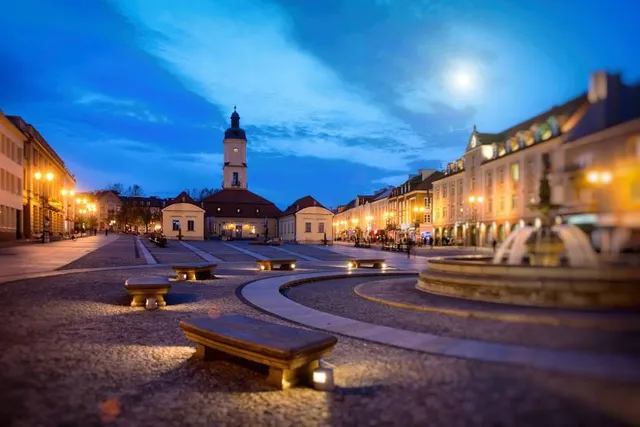
Park Garden Palace of Branicki
4.8
(1.5K)
Open 24 hours
Click for details
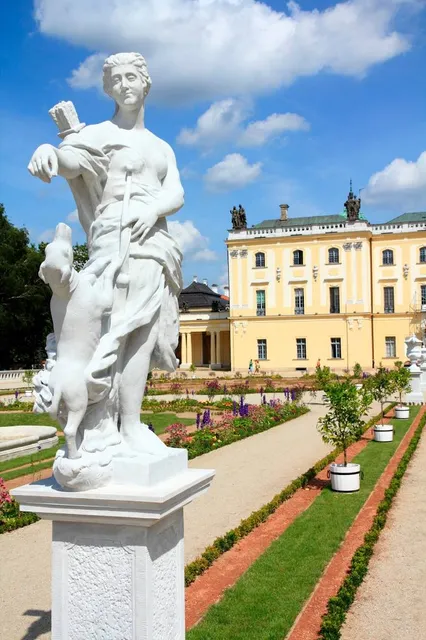
Branicki Park
4.9
(937)
Open 24 hours
Click for details
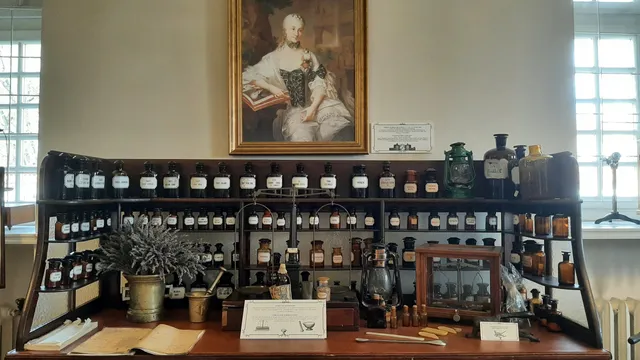
Białystok Medical University Museum
4.6
(338)
Open 24 hours
Click for details

Medical University of Białystok
4.1
(95)
Open 24 hours
Click for details
Nearby restaurants of Branicki Palace
Tawerna Grecka PANTEON
Restauracja RAJ - pizza ludzie wino Bezglutenowa Białystok
KOKU Sushi Białystok - Restauracja KOKU Sushi ul. Kilińskiego 7/1
Maison du cafe
Dwa Światy food & wine
Restauracja Arsenał
Jack Sparrow Bar & Restaurant
Pizza Hut Białystok Sienkiewicza
KFC Białystok Legionowa 3
Restauracja Kawelin w Białymstoku
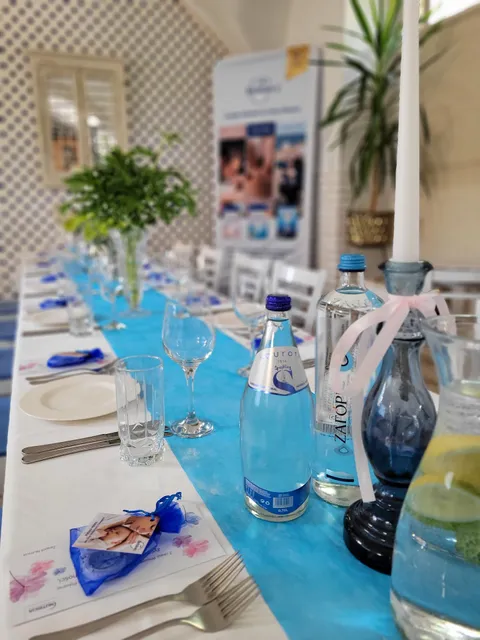
Tawerna Grecka PANTEON
4.4
(438)
Click for details

Restauracja RAJ - pizza ludzie wino Bezglutenowa Białystok
4.4
(720)
Click for details
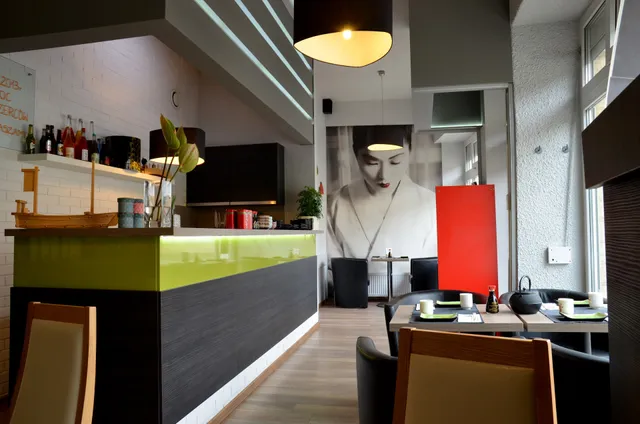
KOKU Sushi Białystok - Restauracja KOKU Sushi ul. Kilińskiego 7/1
4.6
(673)
$$
Click for details
Maison du cafe
4.5
(743)
$
Click for details




